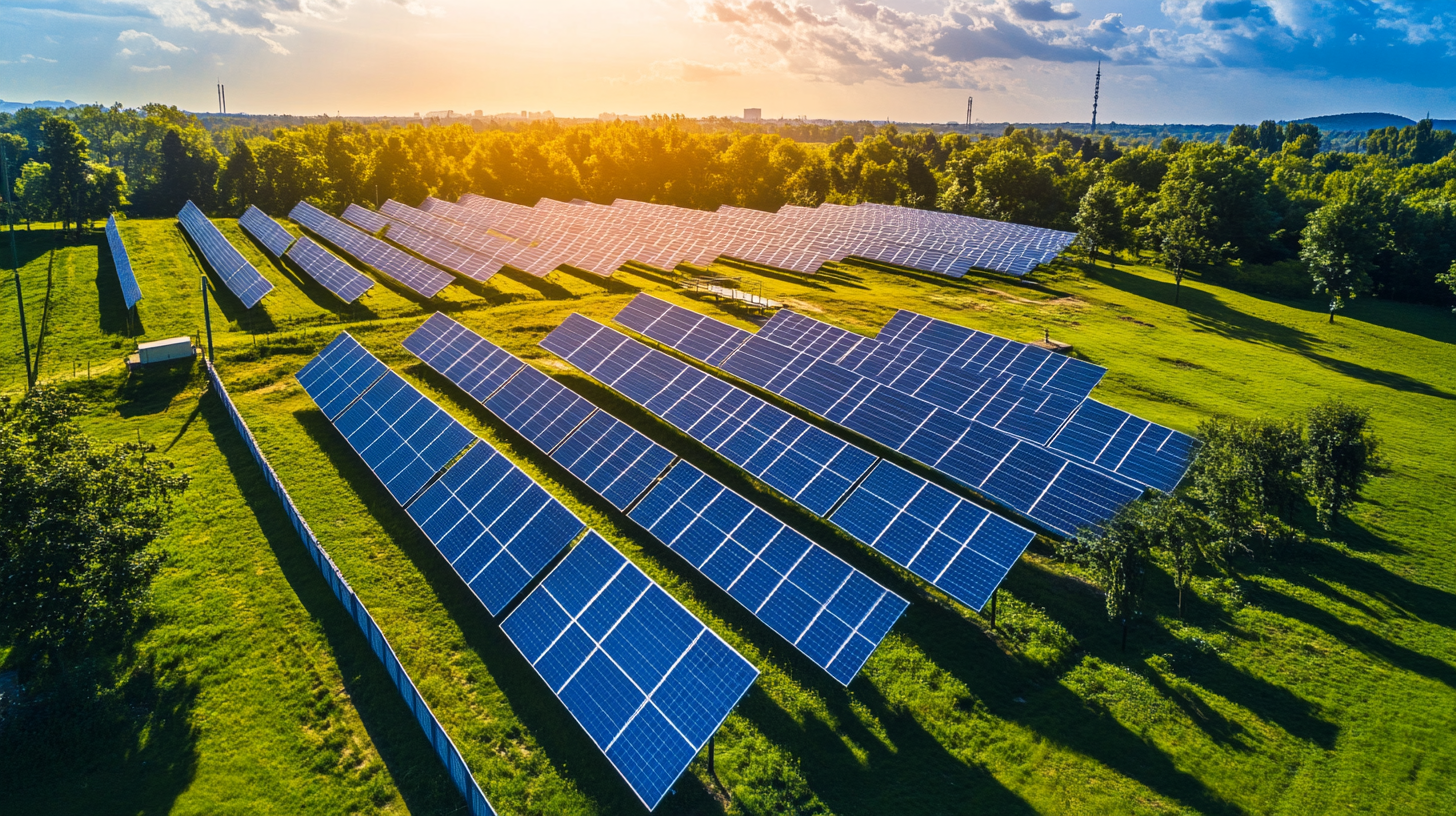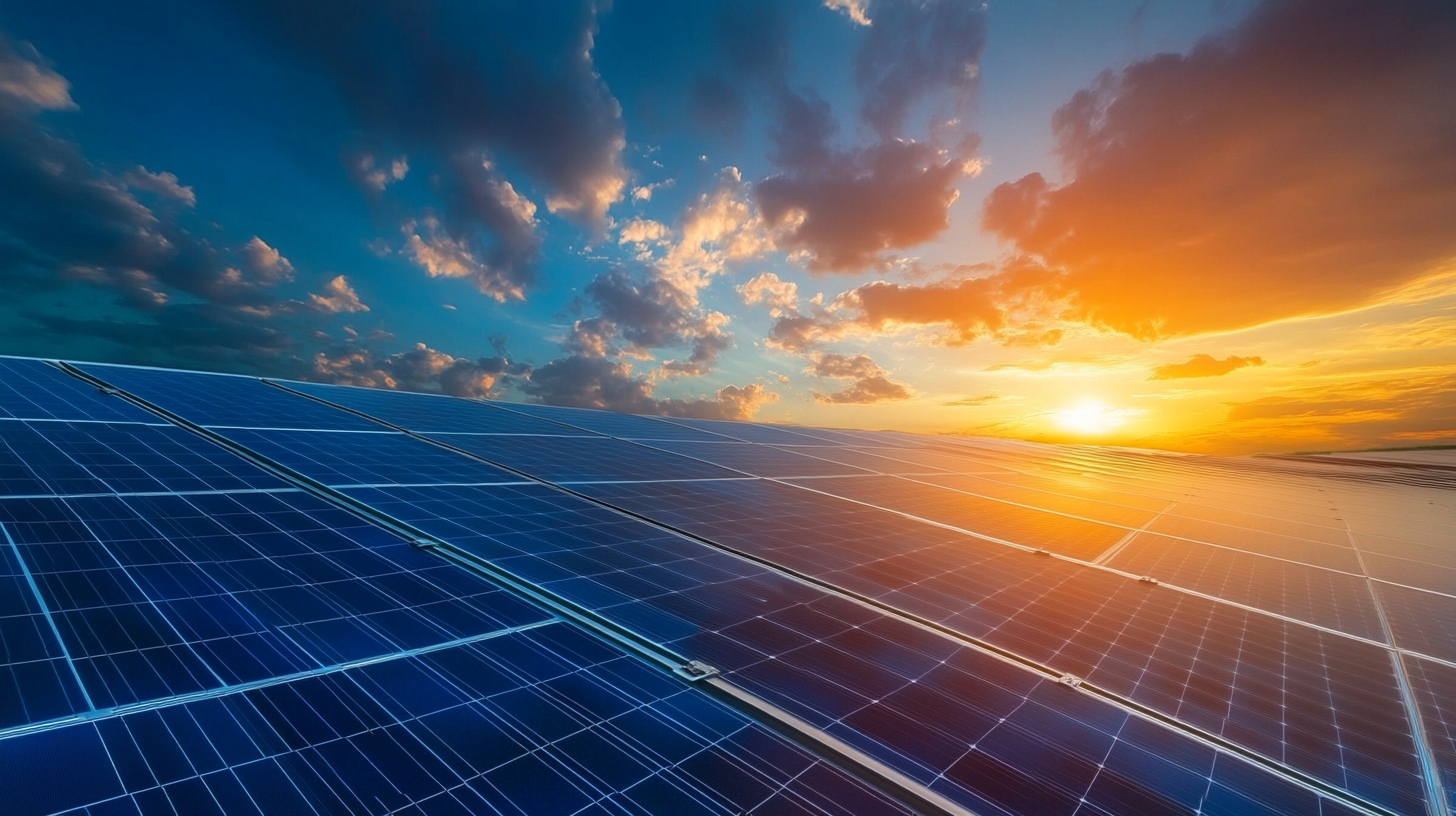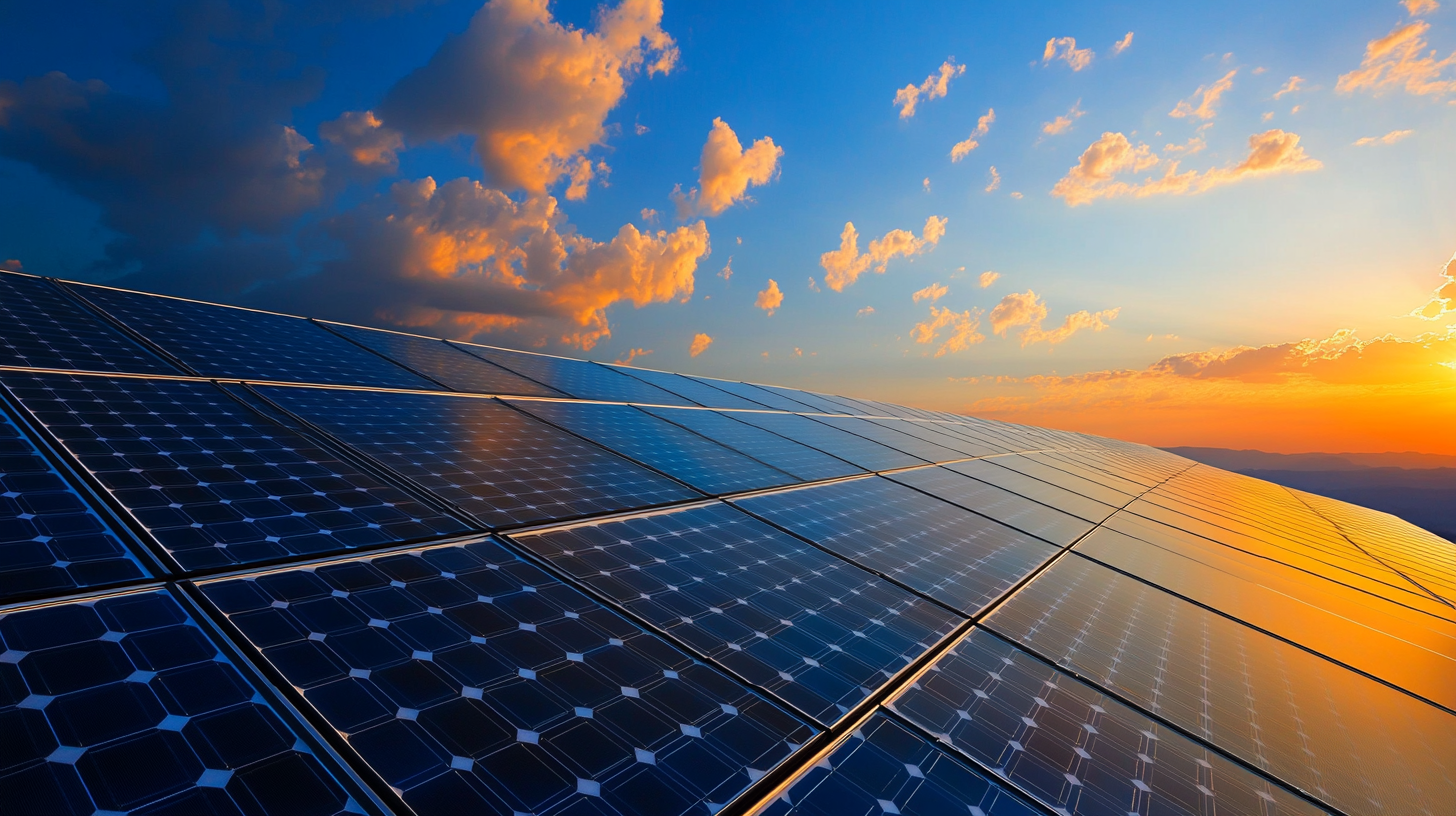Ultimate Guide to Best Solar PV Panels Market Trends and Insights for 2025
As the demand for renewable energy solutions continues to rise, the solar PV panels market is poised for significant growth, with an estimated annual growth rate of 20.5% through 2025 according to a recent report by Global Market Insights. This surge is driven by advancements in solar technology, increasing consumer awareness, and favorable government policies promoting clean energy. However, the efficiency and reliability of solar PV panels are not the only factors influencing market dynamics; after-sales service advantages and repair costs are becoming critical considerations for consumers. A thorough understanding of these elements can enable homeowners and businesses to make informed choices, ensuring that their investment in solar PV panels delivers both value and sustainability over the long term. In this ultimate guide, we will delve into market trends, insights for 2025, and practical tips on how to navigate the complexities of after-sales services and maintenance costs.

Overview of Solar PV Panel Market Trends Expected in 2025
The solar photovoltaic (PV) panel market is poised for significant evolution by 2025, driven by technological advancements and increasing demand for renewable energy. According to a report by the International Energy Agency (IEA), global solar capacity is expected to surpass 2,300 GW by the end of 2025, marking an annual growth rate of around 20%. This growth is largely attributed to governments worldwide committing to decarbonization goals and the decreasing costs associated with solar technologies. With the average price of solar modules falling by nearly 25% over the past few years, the affordability and accessibility of solar PV systems are at an all-time high.
Additionally, the market is witnessing a shift towards high-efficiency solar panels, with many manufacturers focusing on bifacial and monocrystalline technologies. Research from Wood Mackenzie projects that bifacial panels could account for over 30% of the global solar module market share by 2025, given their ability to capture reflected sunlight and enhance energy production. The increased emphasis on sustainability is also prompting companies to innovate in recycling old solar panels, which aligns with circular economy principles. Collectively, these trends indicate a progressive shift in the solar PV landscape, promising an exciting future for both consumers and investors.
Ultimate Guide to Best Solar PV Panels Market Trends and Insights for 2025
| Year | Market Size (Billion $) | Growth Rate (%) | Top Regions | Key Trends |
|---|---|---|---|---|
| 2023 | 150 | 15% | North America, Europe, Asia | Technological advancements, Cost reduction |
| 2024 | 175 | 16% | Asia, Europe, South America | Increased adoption of renewable energy |
| 2025 | 205 | 20% | North America, Asia, Middle East | Smart solar PV integration, Policy incentives |
| 2026 | 225 | 10% | Global | Sustainability focus, Energy storage solutions |
Key Technological Advancements in Solar PV Panels by 2025
As we look ahead to 2025, the solar photovoltaic (PV) panel market is expected to witness significant technological advancements that will enhance efficiency and cost-effectiveness. According to a report by the International Energy Agency (IEA), the average solar PV module efficiency is projected to exceed 22% by 2025, driven by innovations in materials such as bifacial solar cells and perovskite technology. These developments not only improve energy capture but also contribute to a more sustainable manufacturing process.
Moreover, energy storage integration is becoming increasingly vital for maximizing solar energy utilization. A study from BloombergNEF indicates that the global energy storage market could reach a cumulative capacity of over 1,000 GWh by 2025, with solar PV systems playing a crucial role in this growth. The synergies between solar PV and battery storage technologies will enable homeowners and businesses to store excess energy generated during the day for use at night, enhancing the reliability and attractiveness of solar investments.
With the ongoing research and development in solar technology, coupled with supportive government policies and decreasing costs, the future of solar PV panels appears promising. Market analysts expect that the adoption of advanced inverter technologies and smart grid solutions will further empower consumers, making solar energy not just a renewable option but a cornerstone of energy independence by 2025.
Comparative Analysis of Leading Solar PV Panel Brands in 2025
 In 2025, the solar photovoltaic (PV) panel market is projected to witness significant transformations, primarily driven by advancements in technology and increasing competition among leading brands. A recent report from the International Energy Agency (IEA) indicates that solar energy could account for over 20% of global electricity generation by 2025. This shift highlights the crucial role of efficient and durable PV panels in meeting energy demands.
In 2025, the solar photovoltaic (PV) panel market is projected to witness significant transformations, primarily driven by advancements in technology and increasing competition among leading brands. A recent report from the International Energy Agency (IEA) indicates that solar energy could account for over 20% of global electricity generation by 2025. This shift highlights the crucial role of efficient and durable PV panels in meeting energy demands.
Brands like SunPower, LG Solar, and Canadian Solar are expected to dominate the market, each offering unique technologies that cater to diverse consumer needs. SunPower’s Maxeon panels, for instance, boast a remarkable efficiency rate of up to 22.8%, positioning them as one of the top performers. Meanwhile, LG’s Neo X series promises impressive low-light performance, making it well-suited for urban environments. It’s important for consumers to consider factors such as durability, warranty offerings, and performance in various climates when selecting a PV panel brand.
Tips: When choosing solar panels for your home or business, research the warranty length offered by each manufacturer, as longer warranties often indicate higher confidence in their product quality. Additionally, check for certifications such as IEC and UL standards to ensure the panels meet safety and performance benchmarks. Lastly, consider the total cost of ownership, including installation, to make an informed decision that balances upfront costs with long-term savings.
Sustainability and Environmental Impact of Solar PV Panel Manufacturing in 2025
As the world increasingly turns towards renewable energy, understanding the sustainability and environmental impact of solar photovoltaic (PV) panel manufacturing in 2025 becomes essential. Advances in technology and regulatory frameworks are prompting manufacturers to adopt greener practices, significantly reducing carbon footprints associated with production. Innovations in materials, such as the use of recycled silicon and organic photovoltaics, are gaining traction, showcasing a commitment to minimizing ecological disturbances while maximizing energy efficiency.
Moreover, the lifecycle assessment of solar PV panels is becoming more rigorous. Companies are now focusing not only on the production phase but also on end-of-life management, designing panels that are easier to recycle and repurpose. This holistic approach not only addresses waste management concerns but also enhances the overall sustainability of the solar energy sector. By 2025, we anticipate a shift in consumer expectations, with buyers increasingly prioritizing environmentally friendly products, thereby driving the solar industry towards a more sustainable future.
Key Points:
- Greener practices in manufacturing by 2025.
- Use of recycled materials such as silicon.
- Holistic lifecycle assessment including end-of-life management.
- Shift in consumer expectations towards sustainability.
Consumer Insights: How Preferences for Solar PV Panels are Shaping the Market in 2025
As we look towards 2025, consumer preferences are playing a pivotal role in shaping the solar PV panels market. An increasing number of eco-conscious consumers are prioritizing sustainability, leading to higher demand for panels that not only promise efficiency but also utilize environmentally friendly materials. This shift in consumer mindset is pushing manufacturers to innovate, offering products that align with these values. Features such as recyclable components and reduced carbon footprints are becoming key selling points, compelling brands to enhance their sustainability narratives.
Additionally, technological advancements are influencing consumer choices. As efficiency ratings improve and installation processes become more streamlined, customers are more inclined to invest in solar PV panels. Data suggests that buyers are showing a preference for integrated solar solutions that combine energy storage capabilities, allowing them to maximize energy use and cut costs. The market dynamics are increasingly reflecting these preferences, urging companies to adapt and cater to the evolving demands of the modern consumer, who is not just looking for energy solutions, but also for products that resonate with their ideals and aspirations for a greener future.

